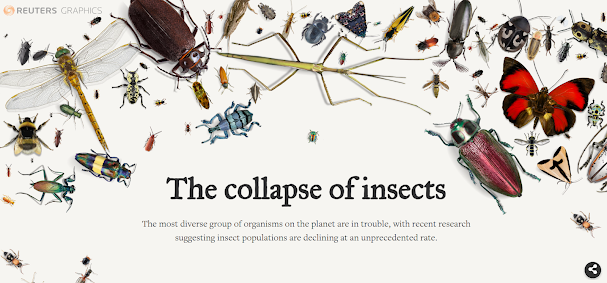Migratory birds travel over land and sea.
Many birds follow distinct pathways when migrating, called Flyways. The UK and Ireland are located on the East Atlantic Flyway, which is a migration path for birds stretching from Russia, Greenland and Canada all the way to Southern Africa. Physical landmarks, such as mountain ranges, river valleys or coastlines, are used by several birds to guide them. Others travel more directly, even if this means crossing dangerous stretches of desert or sea. Some smaller birds cross the Mediterranean Sea wherever possible by continuous flapping, while many larger birds opt for the narrowest points of crossing.
Major global bird migration routes to the Arctic.
Bird species that migrate to the Arctic coasts and wetlands arrive from nearly every corner of the planet. During the summer, the sun never or nearly never sets, resulting in a short but intensive breeding season when millions of migratory birds arrive in the Arctic to breed. The majority of these birds seek the wetlands and coastal shores of the tundra plains. No other place on Earth receives so many migratory species from nearly all corners of the planet. The Arctic coastal regions therefore hold a very special global conservation value.
Major global bird migration routes to the Arctic.
Bird species that migrate to the Arctic coasts and wetlands arrive from nearly every corner of the planet. During the summer, the sun never or nearly never sets, resulting in a short but intensive breeding season when millions of migratory birds arrive in the Arctic to breed. The majority of these birds seek the wetlands and coastal shores of the tundra plains. No other place on Earth receives so many migratory species from nearly all corners of the planet. The Arctic coastal regions therefore hold a very special global conservation value.


Comments
Post a Comment